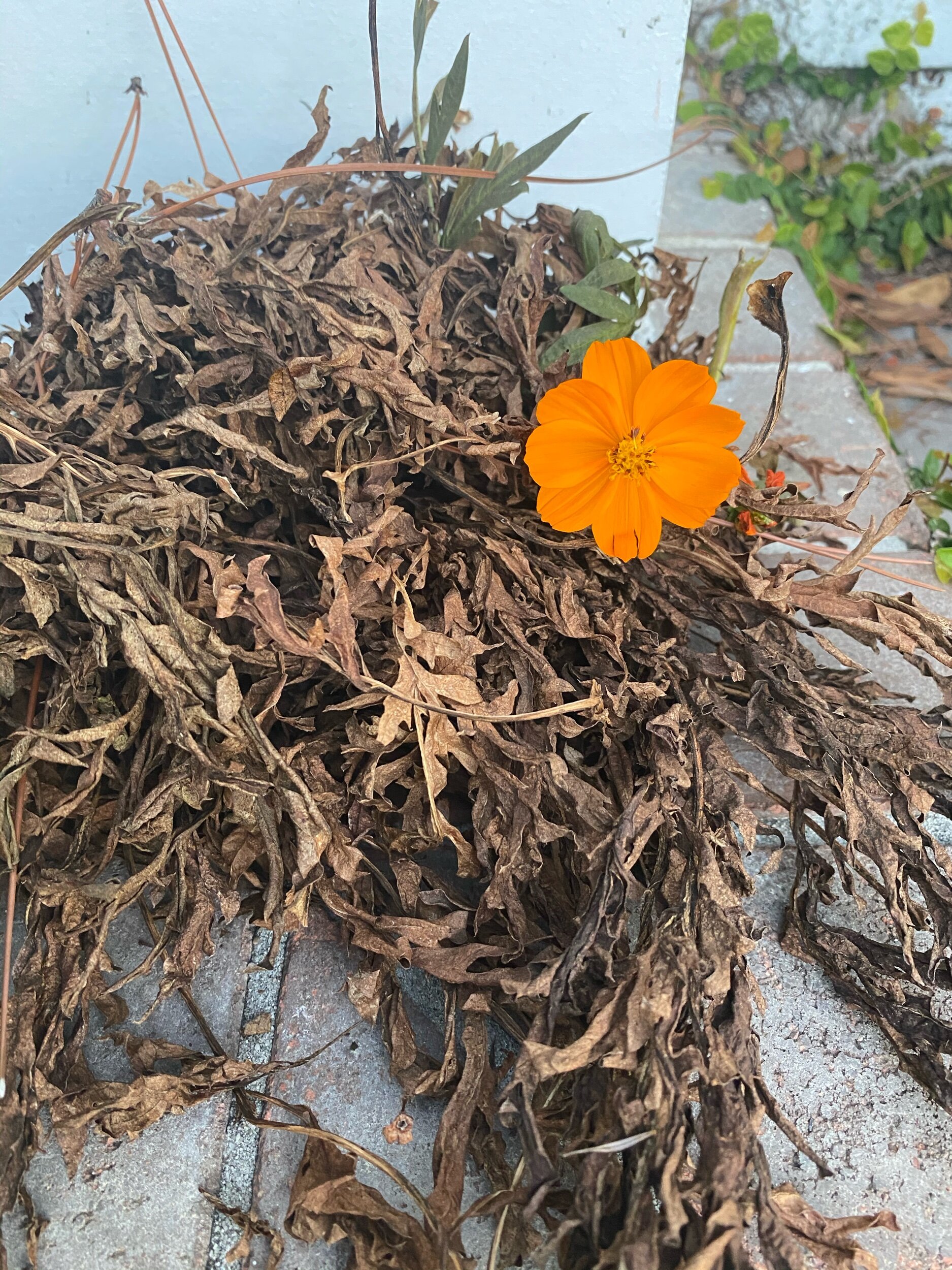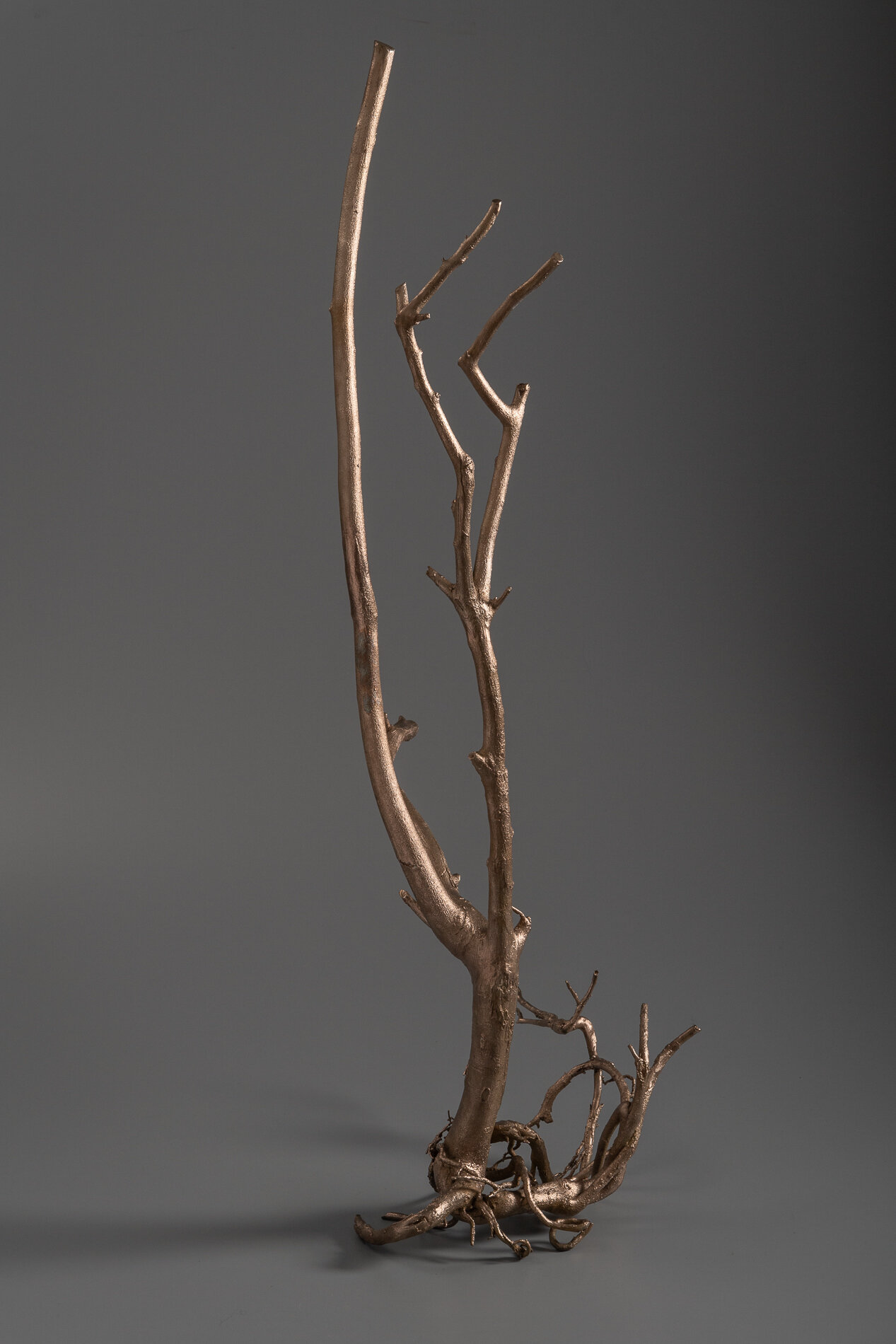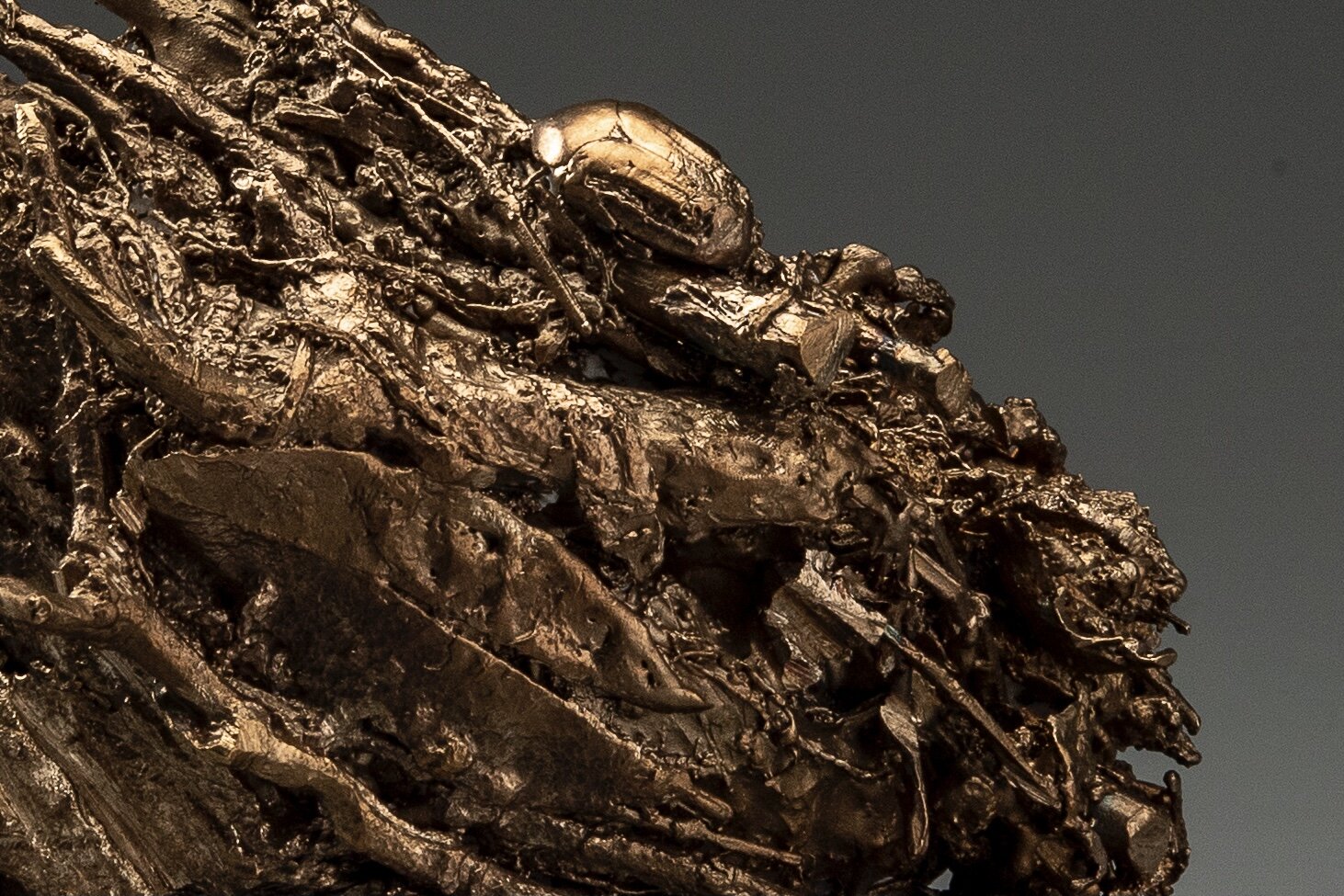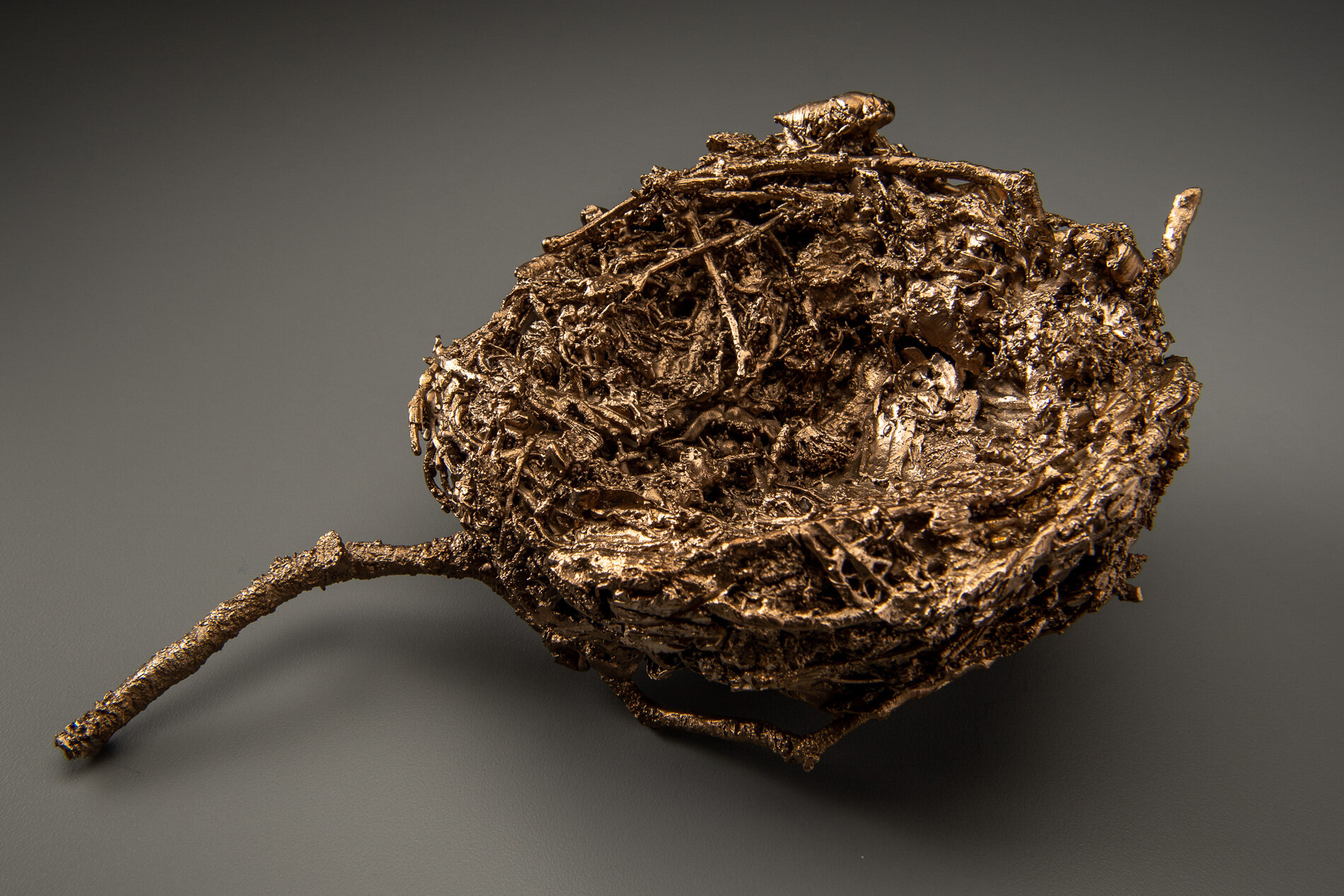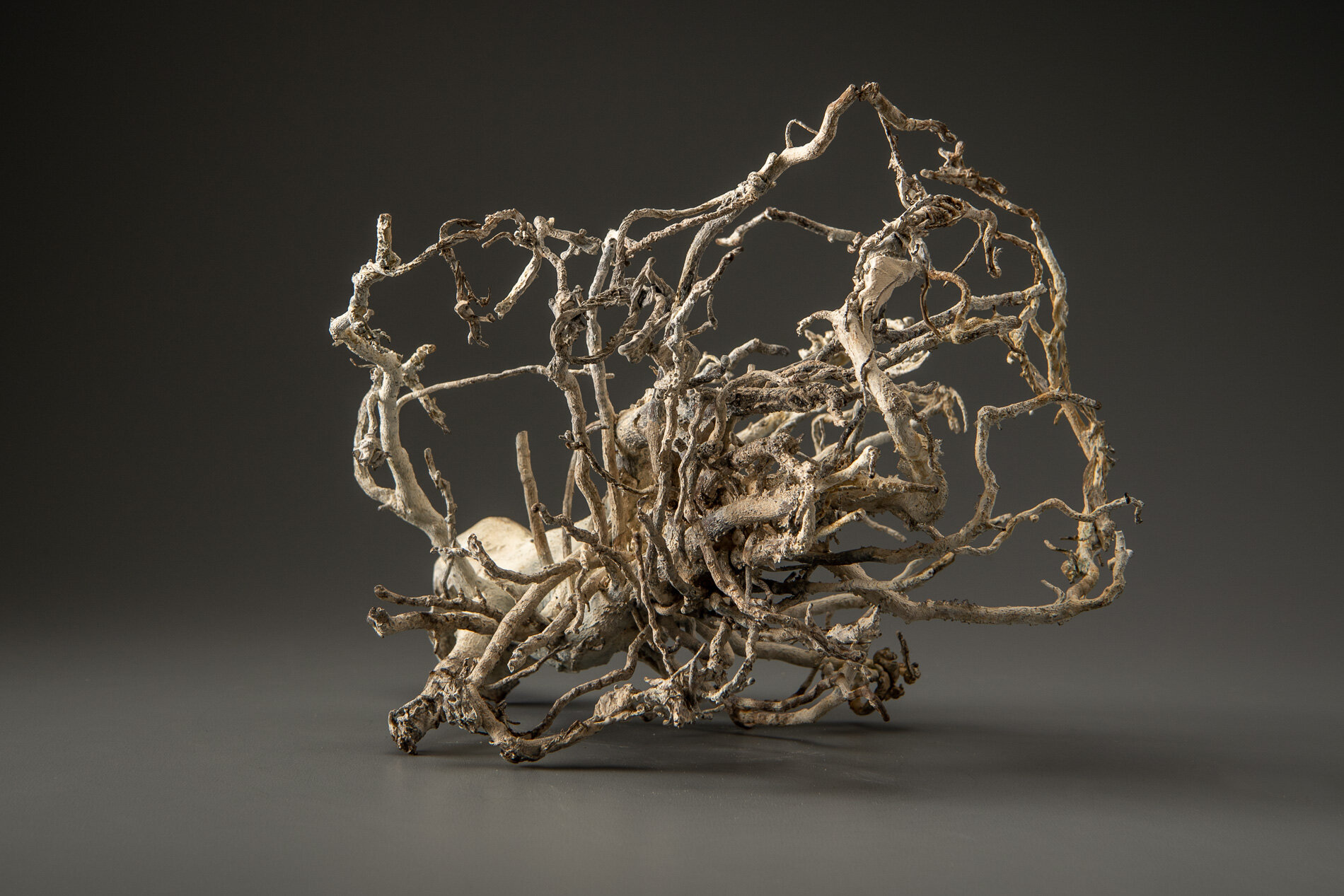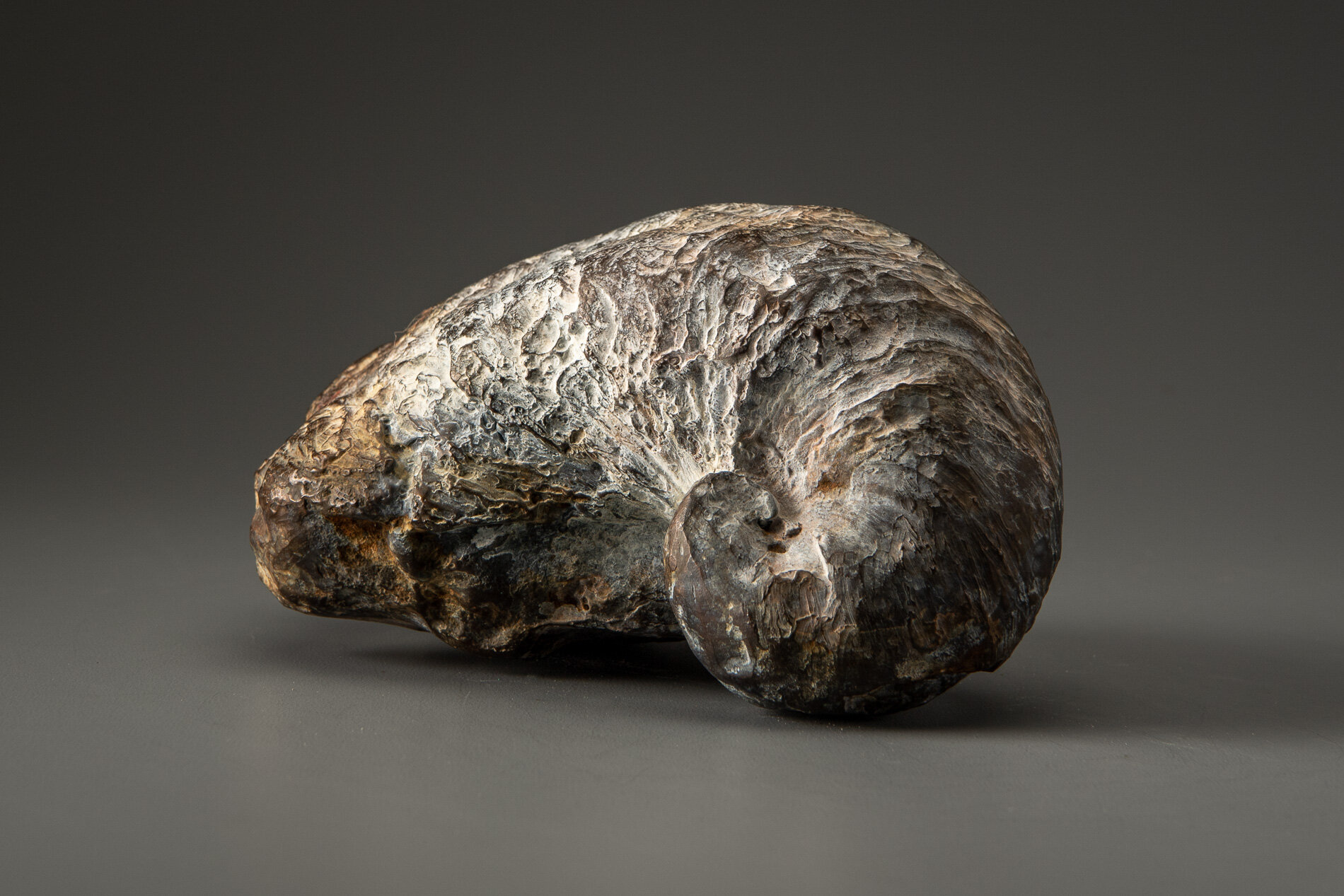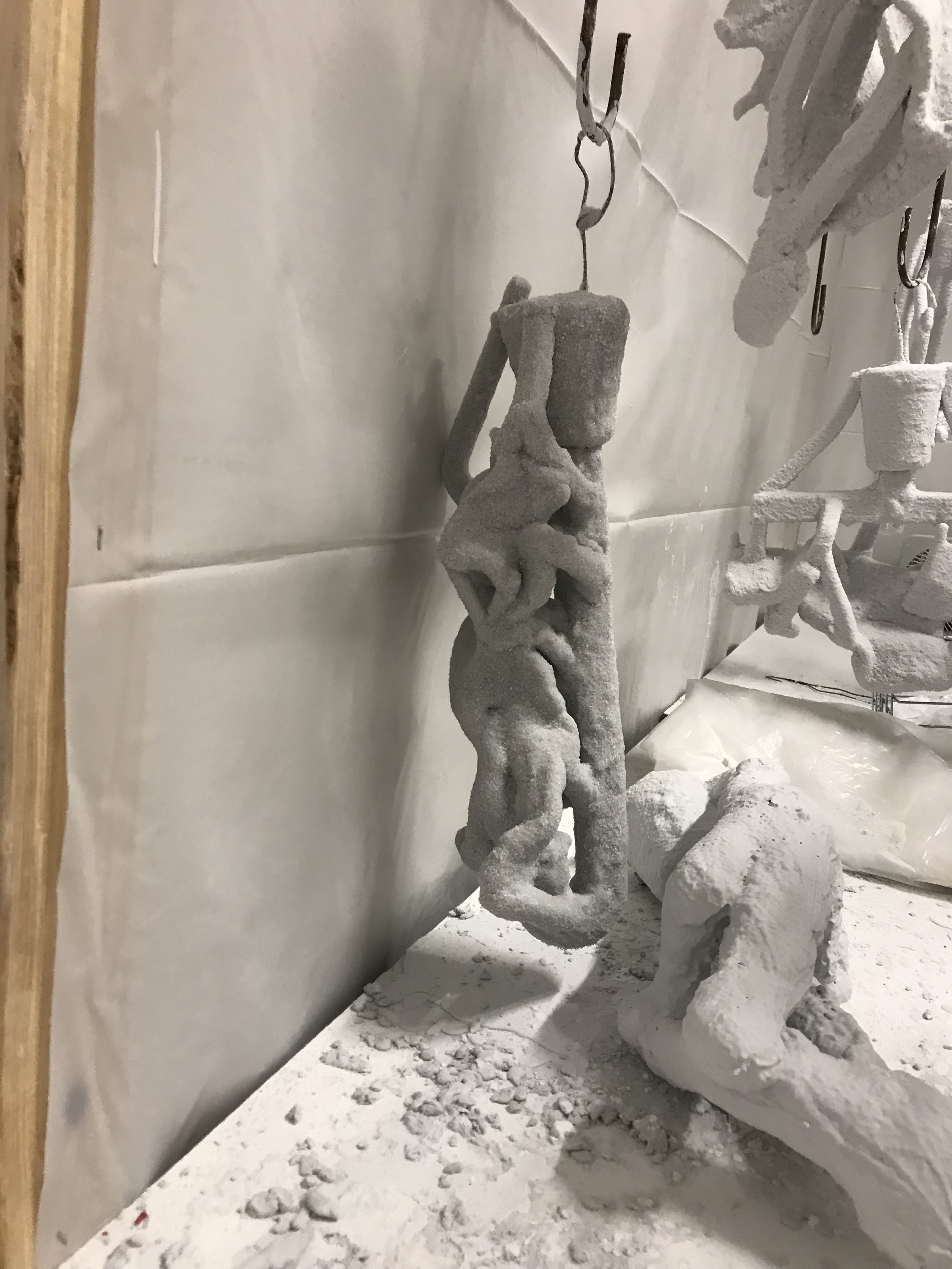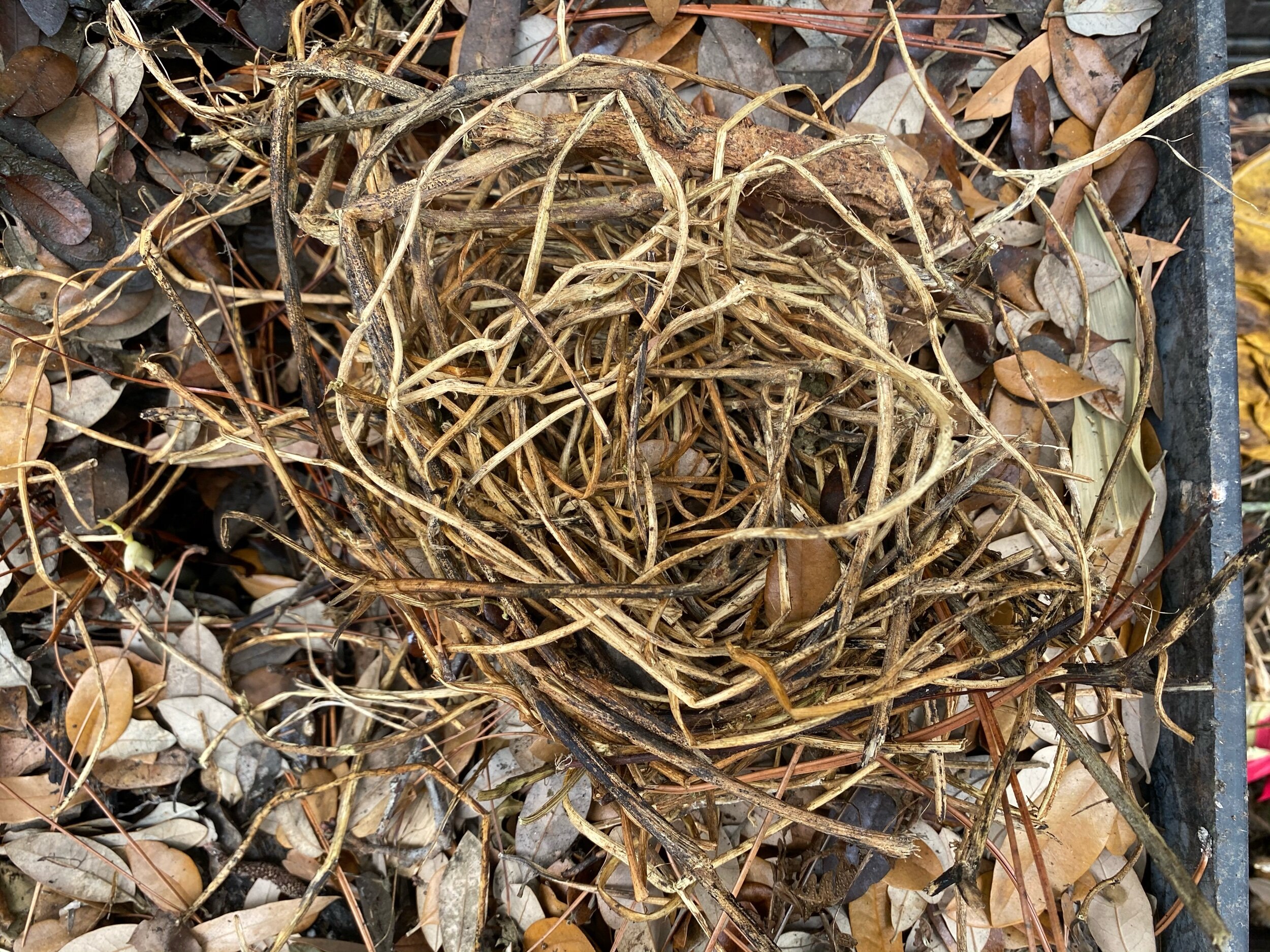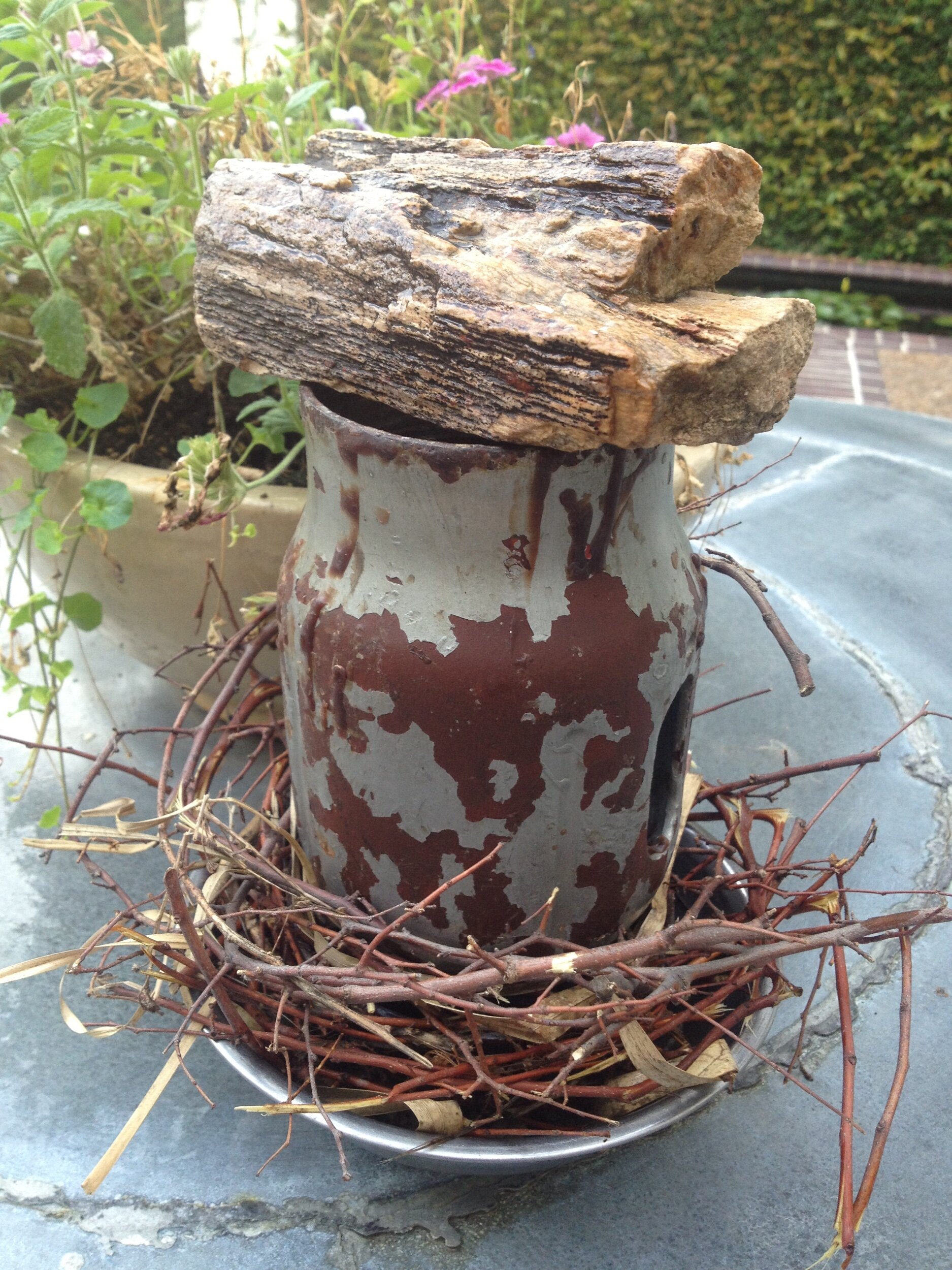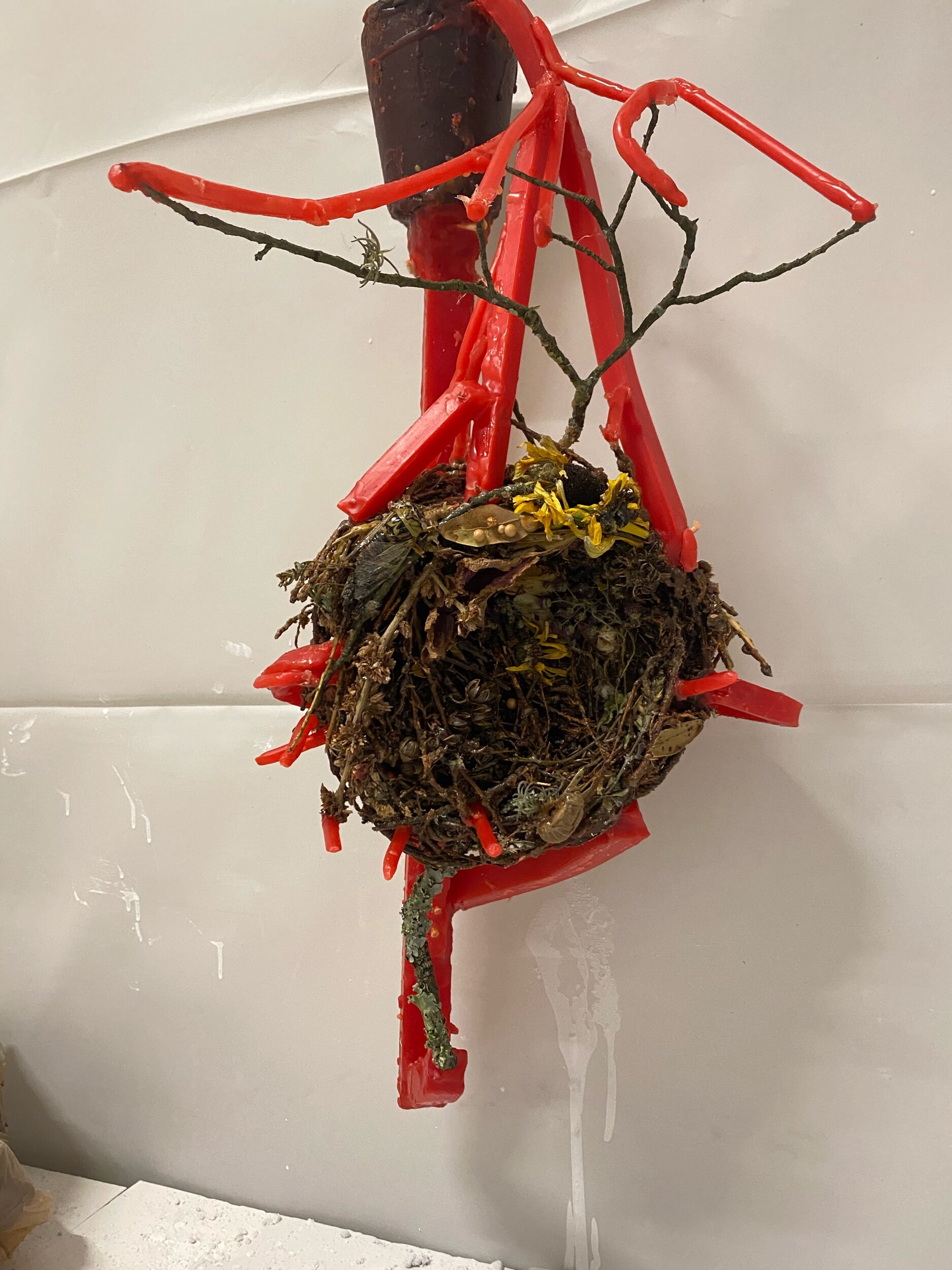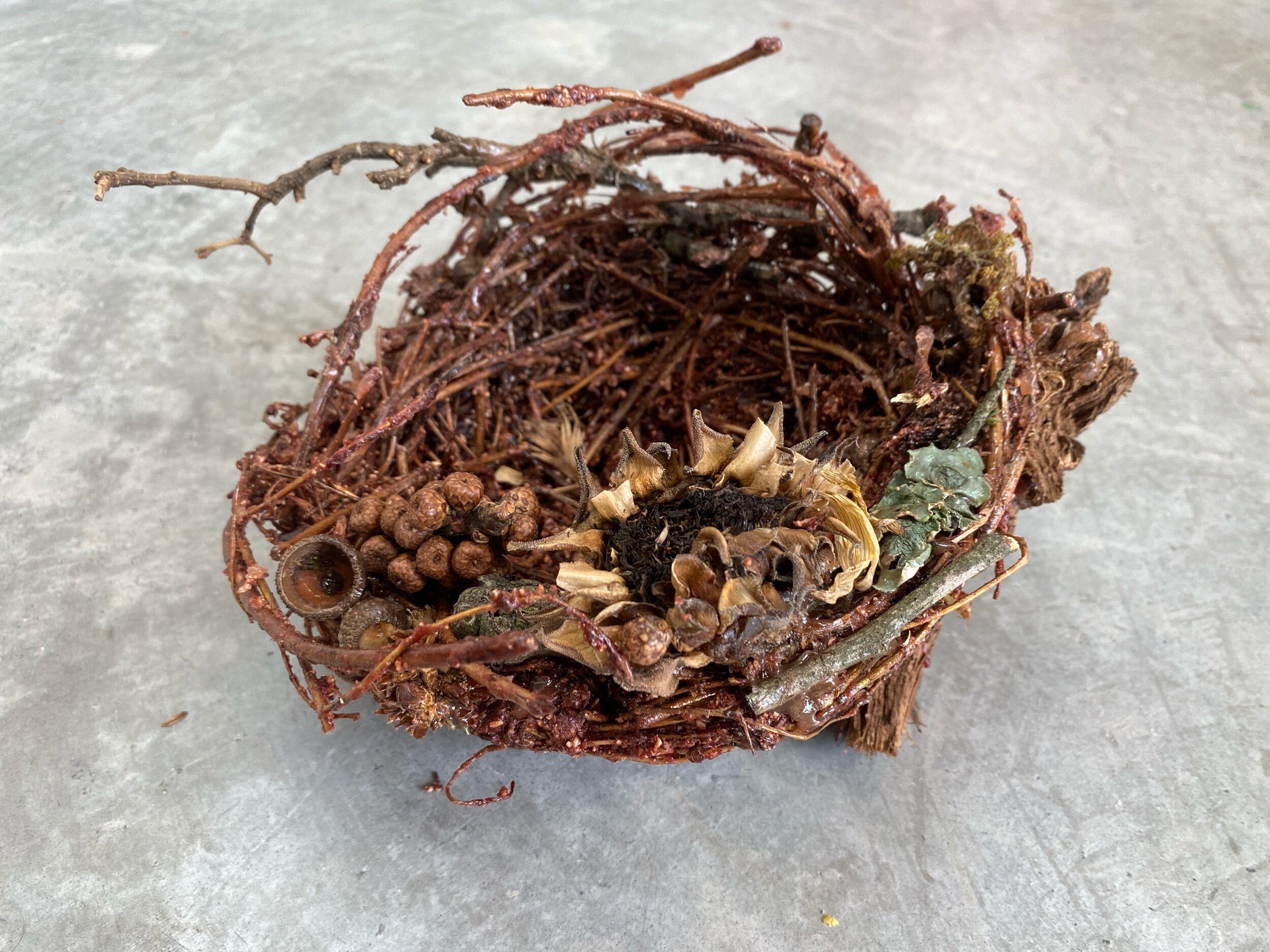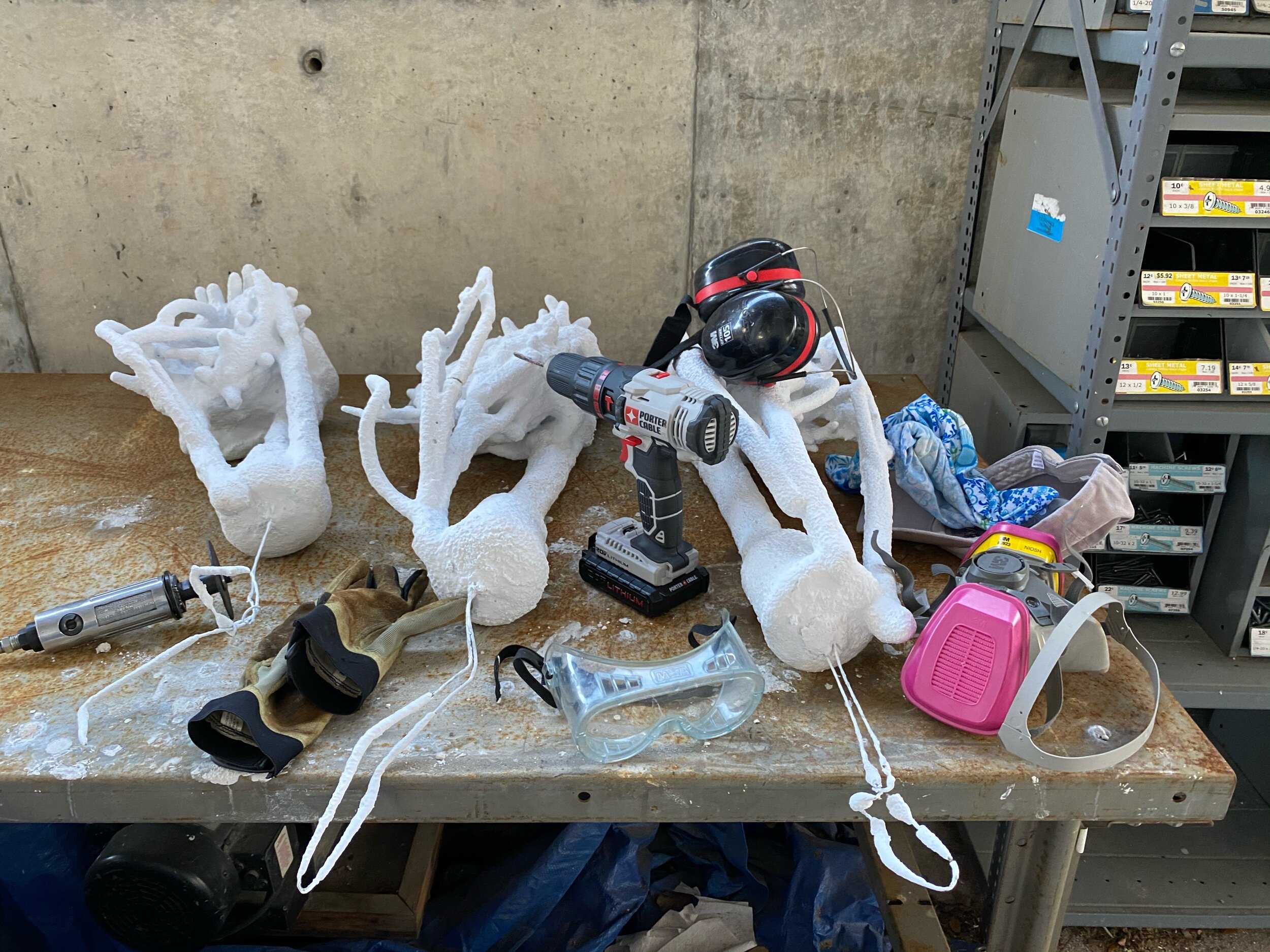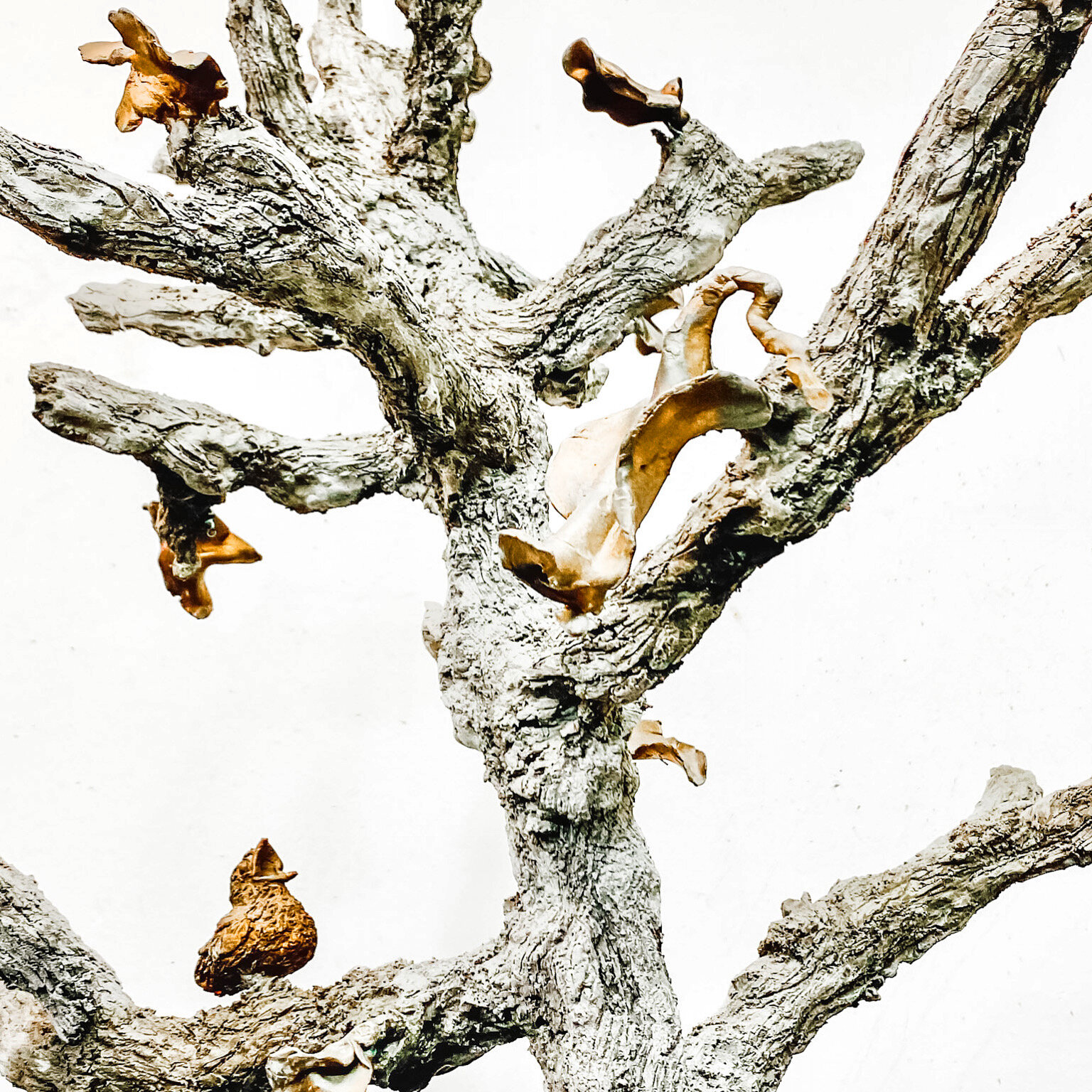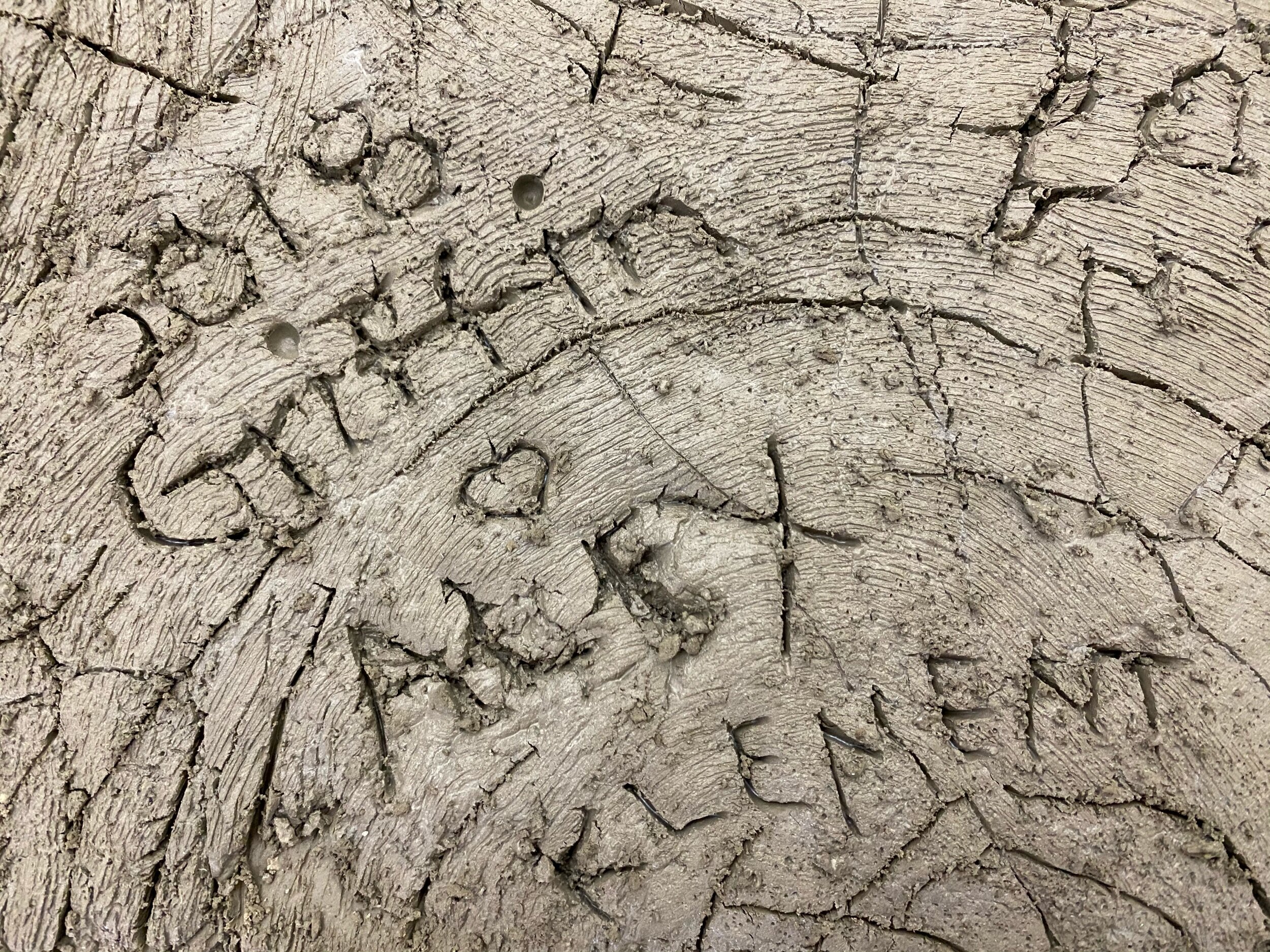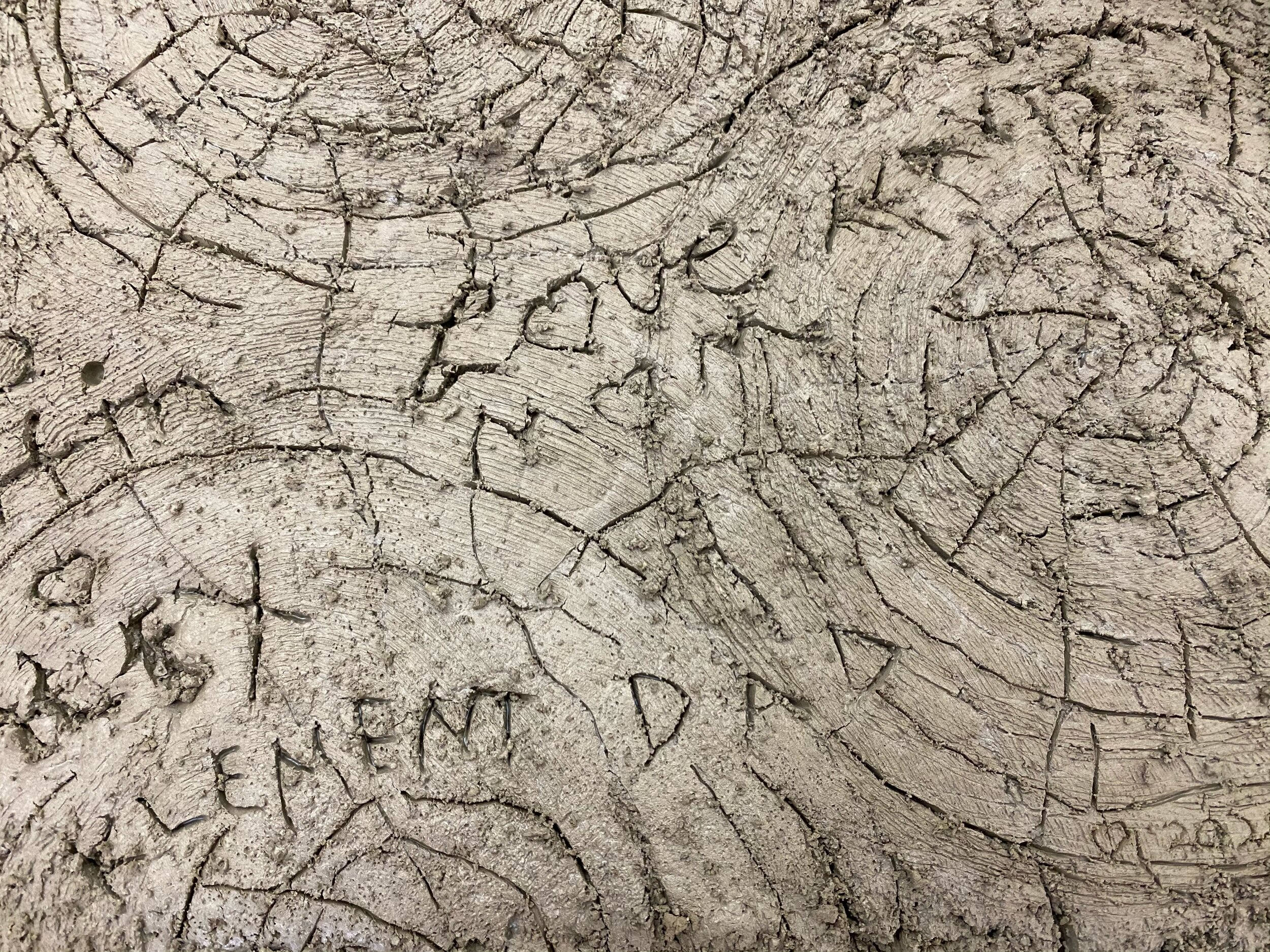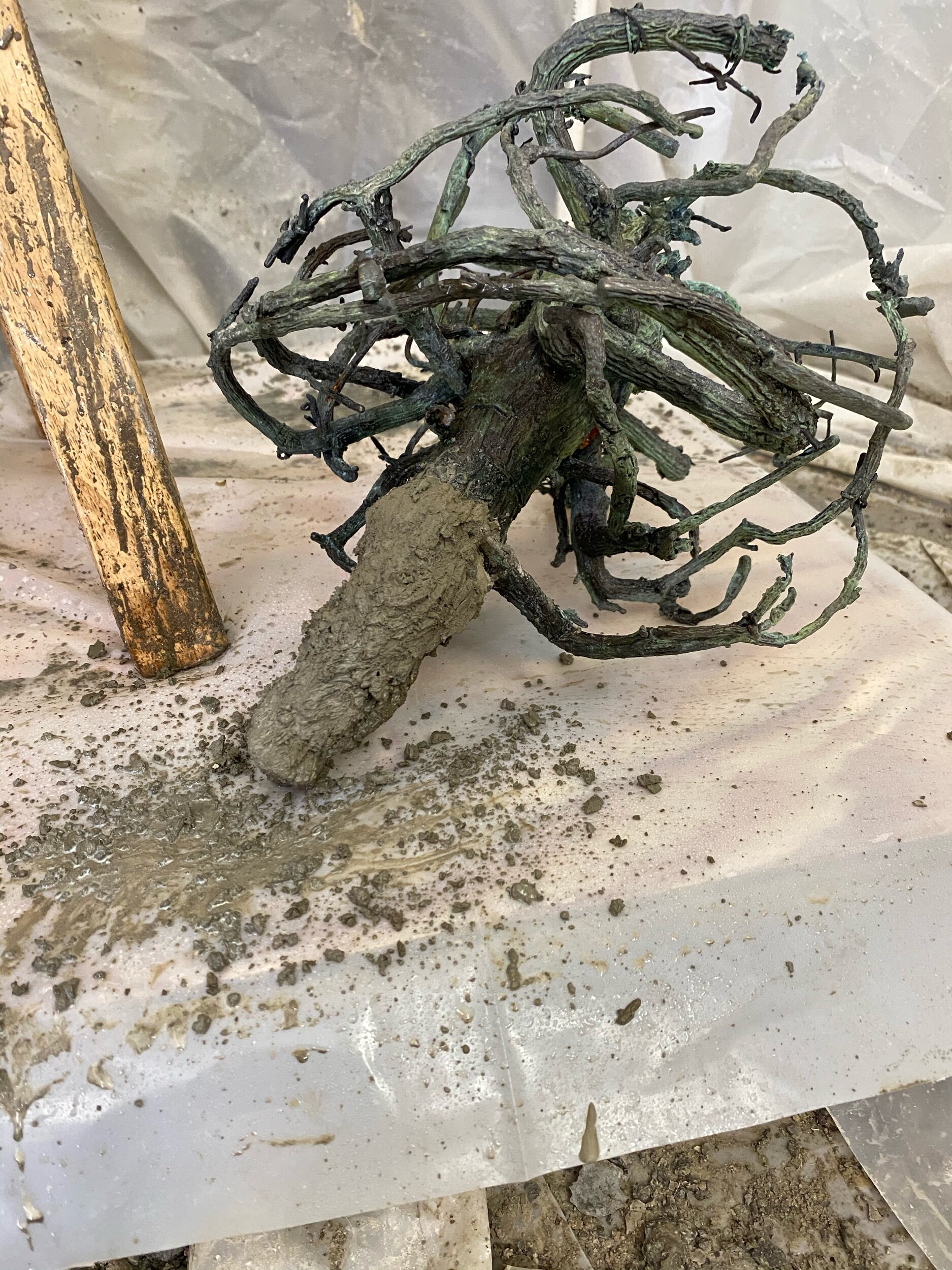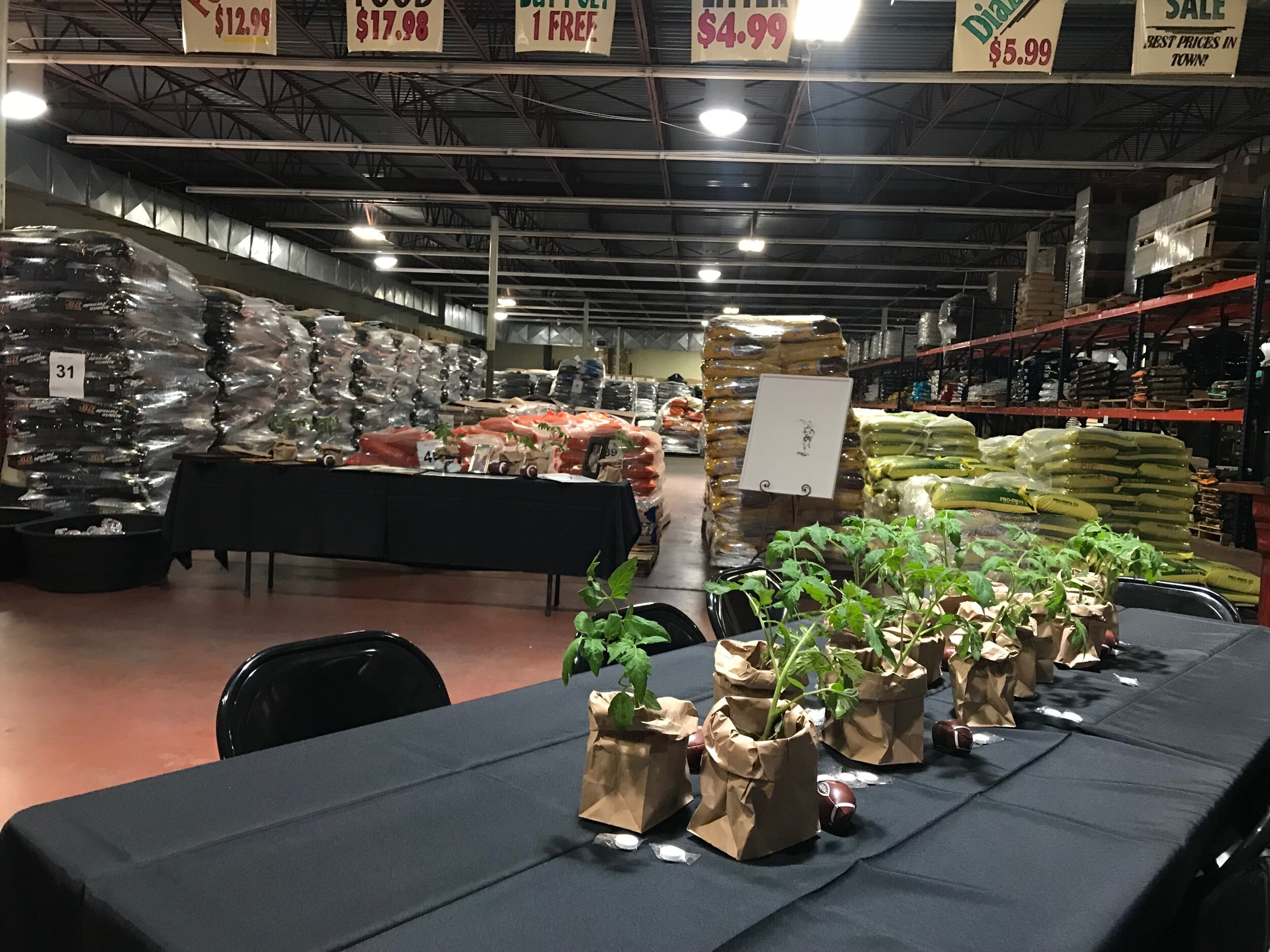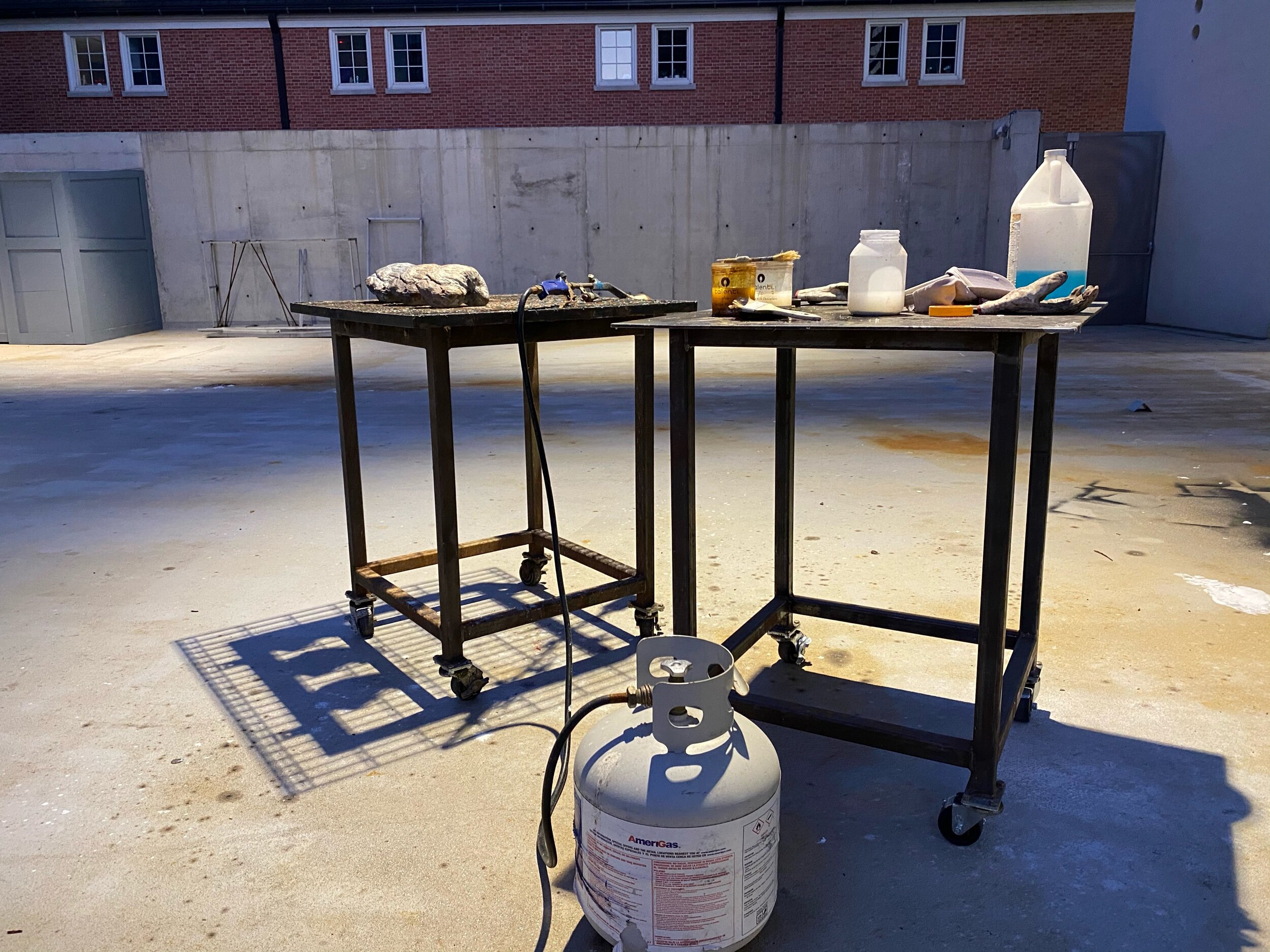I decided I should include a copy of Bob Pa’s obituary. It is one of the most touching obituaries I have ever read. My brothers and sister compile the information and my nephew and amazing writer Barrett Travis who now lives In Milwaukee wove the information into the last story of my dads life.
Obit’
With sadness, the family of Robert Ira Travis announceshis passing on March 24, 2018, at the age of 90. He was born to the late Gene Louise Young and Robert Fleming Travis on December 10, 1927.
Bobby attended Austin high school, graduating in the class of 1946, where he excelled in football, basketball, and track. After high school, he enlisted in the Army and was stationed in the 11th Weather Squadron in the Aleutian Islands, Alaska. He then attended Texas Western, now known as UTEP, where he was a brother in the Phi Tau fraternity.
Starting his family, he managed one of the farms in the lower valley owned by his grandfather, Robert Fleming Travis Senior. From 1951 through 1964 he was one of the pioneering farmers who helped utilize water pumps to establish the large acreage of Dell City for cotton farming, a foundational industry for the small town that continues to this day. He was also a rider on the Dell City Cowboy Polo team, which brought home a world title in the early 1960s. He additionally farmed in Laredo, Texas from 1964 to 1966.
In his early forties, he took over the Valley Feed store on North Loop Drive in El Paso, Texas, which grew during his life time from a small store front and warehouse in an inauspicious strip mall to become the Pet’s Barn chain of pet food and supply stores with 24 locations in El Paso, San Antonio, and Las Cruces.
While he was a great sports fan, especially fond of the patient, strategic pace of a Diablos baseball game (and attending cold beer, Diablo dog, and peanuts), he was a greater fan of people. He liked to drive his pick-up truck from store to store in El Paso, ostensibly to make deliveries, but it was pretty clear his aim was to connect with employees and remind them all to always keep a comb and pocket knife handy. It is quite possible that there is not a road in El Paso he has not driven in search of a good meal and good conversation.
It was his way to connect with others over food, and he was a connoisseur of El Paso cuisine. On his rounds, he scouted the city for locally owned gems to share with those he loved. He was a fine cook as well, especially known for his smoked meats, and knew that care and attention to detail could make any meal, from a 20 hourbrisket to a simple bowl of corn flakes, memorable.
Bobby was a self-starter with an independent streak, and while fortune did not always shine on his ambitions, he possessed the resilience and (he’d insist) plain dumb luck to build a lasting legacy. Not just in the business he helpedstart, but in the wit, wisdom, and love he shared with friends and family.
He is survived by sons Bob Travis (partner Terri Sanderson) and Dean Travis (partner Linda Razloznik) (El Paso); daughters Cindee Klement (husband Curtis) (Houston) and Janet Fortune; and his son-in-law Craig Fortune (El Paso); grandchildren Barrett Travis (partner Amber Giese) (Milwaukee, Wisconsin), Eric Travis (wife Josette) (El Paso), Aaron Travis (San Antonio), Nicole Ramirez (husband Renee) (Columbus, Ohio), Kyle Razloznik, Ryan Razloznik (wife Shellie) (San Antonio), Griffin Klement (wife Alex Groome) (College Station), Sage Klement (Houston), Travis Fortune (El Paso), and Reese Fortune (El Paso); sister Genie Lou Irvin (husband Widgie) (Columbia, Missouri); brother Warren Travis (San Francisco, California); great-grandchildren Abby, Emma and Danica Travis, Adam Hernandez and Julian Perez (El Paso), Collin Travis (Milwaukee, Wisconsin), Aiden and Harper Razloznik (San Antonio), and Evan Ramirez (Columbus, Ohio); and brother- and sister-in-lawsRobert and Mary Earp (El Paso).
A wake will be held in the warehouse of Pet’s Barn at 368 Yarbrough, El Paso, on
Sunday May 6th, 2018 at 2:00 pm, where his family and friends are invited to celebrate his life.
Memorial funds may be donated to the Animal Rescue League of El Paso, 7256 La Junta Dr., Canutillo, Texas79835, www.arlep.org/. 915-877-3785,
His family extends a special heartfelt thanks to Christina Rodriguez, whose care throughout the years made it possible for him to live at home, and to Eileen Carbajal, whose endless personal assistance and friendship throughout the years relieved him of daily worries and helped to maintain the independence he valued so greatly.
“You’ll remember me when the west wind moves
upon the fields of barley. You can tell the sun
in his jealous sky when we walked in fields of gold.”
A few images from the wake held in the feed store warehouse as he requested.



